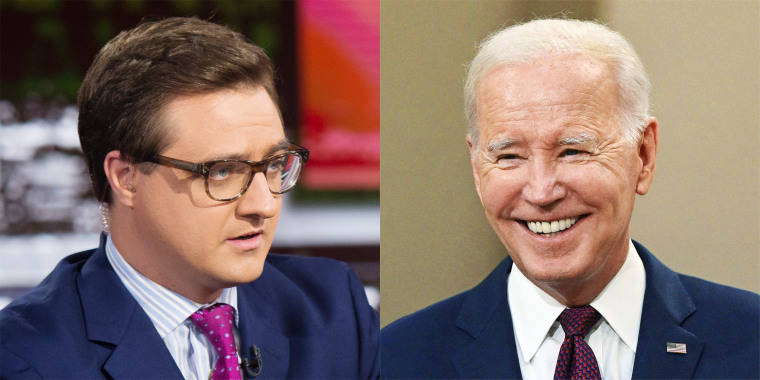The latest inflation report is out — and it’s better than expected. Prices rose just 3% in June, compared to the same time last year. This is the lowest increase we have seen since March of 2021. Another key metric shows that wages are continuing to rise faster than inflation.
We have a lot of data showing that our economy is doing really well. But Americans are just not feeling it. A recent AP poll found that only 3 in 10 adults think the economy is good.
Some Republicans will never say the Biden economy is doing well — even in the face of loads of evidence to the contrary.
So what is going on here? What is at the root of this contradiction between the numbers and the way people feel?
I think there are three main issues at play.
First, the relationship between the economy and politics has been flipped on its head in a way. Historically, when the economy is good, the party in power benefits. But lately, even cold, hard economic facts have become politically polarized. Some Republicans will never say the Biden economy is doing well — even in the face of loads of evidence to the contrary. This bears out in the polling: 47% of Democrats would describe the economy as good, compared to just 13% of Republicans. When people look through this partisan prism, it affects their ability to assess the facts.
Now of course, the economy also has had a very rocky trajectory over the last two and a half years. This has created an interesting situation where the sectors that have been having the worst go of it are the ones closest to the megaphones. Media and tech companies have been hit hard by a slowdown in ad sales and high interest rates, laying off tens of thousands of workers over the past several months. These are the industries that bring us the news about the economy. On the other hand, the people who are the least influential in the national conversation about the economy are the same people who have seen the greatest relative economic gains. A recent analysis found that the lowest-wage workers — those in the bottom 10% — saw their real wage growth soar over the past few years, much more than higher wage earners.
But my final and most important point is that real wages, that is how much money people make when adjusted for inflation, just have not fully recovered since the pandemic. Covid brought about a strange economic experience for Americans, with the government giving out unprecedented amounts of stimulus money. Even though things were brutal and loads of people were out of work, a lot of American household balance sheets looked better than they had ever been. And when the crisis eased, that demand was released, and prices went up. All of a sudden, people went from feeling flush to feeling like, “Oh, I can’t afford this.” That was very real and really brutal for millions of people, and has continued to be.
That brings us back to this central issue of how to bring up real wages. This is crucial both on the merits and because it can change Americans’ perceptions about the economy. To do that, you have to keep the economy growing, wages increasing, and inflation cooling — all at the same time. It is a very difficult thing to pull off. So far, the Biden administration and the Federal Reserve, helped out by some good luck, have come together to do that in a way that is looking to be effective.
Of course, things could change. There could be another war. Oil prices could spike. Inflation could start moving in the wrong direction again. But as of now, it appears that Biden’s America is on the right path to pull off one of the greatest macroeconomic policy magic tricks of all time.
This op-ed is an adaptation of a segment of "All In with Chris Hayes" on July 12.

